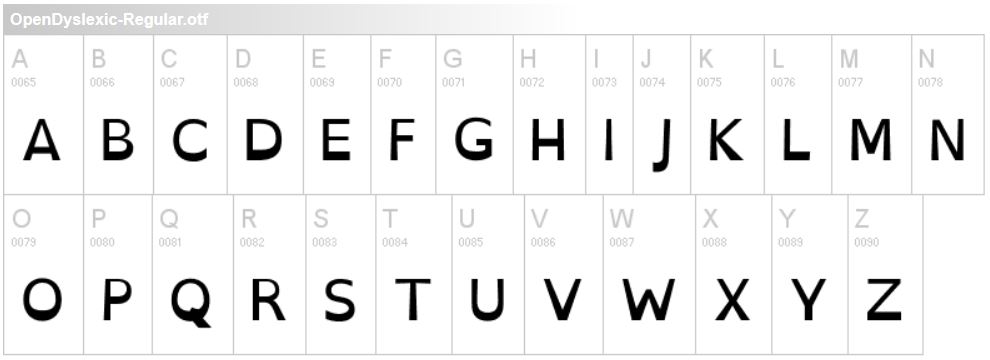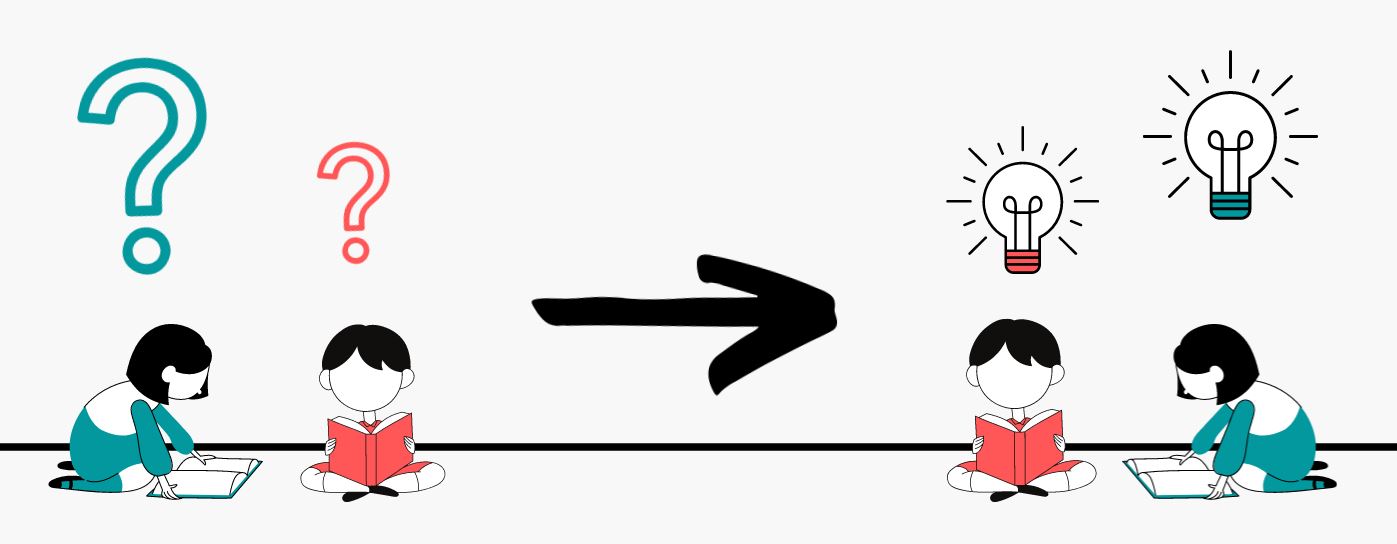Approximately 1 in 10 students is affected by one and oftentimes several specific learning disorders (SLDs).[1] There are no exact official numbers, because learning disorders are not always detected as they come in various forms and because of the stigma that is still attached to them. The US National Center for Learning Disabilities even found that 1 in 5 students is affected by learning and attention issues.[2] SLDs are thus probably far more common than we would all think.
SLDs make it difficult for the affected person to learn specific skills like reading, writing, or calculating, depending on the type of SLD (dyslexia, dyspraxia, dyscalculia etc.). This would not be a problem if teaching methods were adapted to DYS students’ specific educational needs. There are of course some very committed teachers who do their best to support all their students. However, conventional one-size-fits-all teaching methods just do not correspond to their needs. That is why DYS students are much more likely to have to repeat a grade or drop out of school.
So, what can we do about it?
We need to adapt our teaching methods to give all students equal access to education, so they can become successful and fulfilled adults. This might seem difficult at first, but it is actually quite easy. For example, sometimes all it takes for a person with a learning disorder to better understand a text is to change the font or spacing. Of course, every student is unique and thus has unique needs and capabilities. This is even more true for DYS students, but there are still many modifications that can make learning more accessible for everybody. Let’s dive into it!
Some basic adaptations
First and foremost, it is important to use a sans serif font like Arial or Century Gothic. The ideal font to use would be OpenDys, which was specifically created to make reading easier for people with learning disorders. The unique character shapes and heavy bottom of the letters in OpenDys help avoid confusing otherwise similar looking letters. Another easy modification to make is using a big enough font size (between 12 and 14) for better readability. The text should also not be justified, but rather aligned to the left and have a spacing of 1,5 in between the lines to avoid line confusion and inconsistent spaces between words. Finally, when you want to highlight parts of the text, you should put it in bold instead of underlining it or using Italics, which can make it more difficult to separate the different letters.
To make a text more accessible, you should avoid too complex sentences and break it down into easily readable paragraphs. Using colour codes can be helpful for students with SLDs to separate and classify information, but make sure to be consistent with the colours you use. To reach as many different learners as possible, try to provide materials that engage various senses (multisensory): giving instructions orally and in text form as well as providing visuals and tools to physically touch. That way you ensure that there will be something for everyone. It is also important to avoid all unnecessary distractions, so students can really focus on learning.

Adaptations on the TutoDYS learning platform
So, you see, it is easier than one might think to adapt content so everyone can easily understand it. In our project TutoDYS, we will apply all the adaptations described above (and more!) to a new learning platform for DYS students from 6 to 12 years old. We want to give students the possibility to practice at home in an adapted and stress-free environment. The learning platform will feature online exercises that do not require fine motor skills like handwriting, which is often quite difficult for DYS students. We will also avoid drag and drop exercises, make sure that the instructions are as concise as possible and try to engage as many senses as possible with the different exercise formats. As learning is a real challenge for students with SLDs, we will gamify the exercises, like we have already discussed in a previous article, so that students can actually have some fun while learning. The TutoDYS platform will allow for personalised learning that is mostly impossible to achieve in the classroom and therefore support DYS students in learning efficiently.
Sources:
[1] Learning disabilities affect up to 10 percent of children. University College London. https://www.sciencedaily.com/releases/2013/04/130418142309.htm
[2] The State of LD: Understanding the 1 in 5. National Center for Learning Disabilities. https://www.ncld.org/news/newsroom/the-state-of-ld-understanding-the-1-in-5/
[3] OpenDyslexic(open-dyslexic) by Abelardo Gonzalez. https://www.dafont.com/fr/open-dyslexic.font.

Project website : https://tutodys.eu/
![]() Follow the project on Facebook: @Logopsycom
Follow the project on Facebook: @Logopsycom
#TutoDYS #accessibilité #erasmusplusproject
Our partners in this ambitious project are EDULOG (France), Euphoria (Italie), Les Apprimeurs (France), DABG (Sdruzhenie “Asociacia Dyslexia – Bulgarie) et Josip Matos PS (OSNOVNA SKOLA JOSIPA MATOSA – Croatie).

